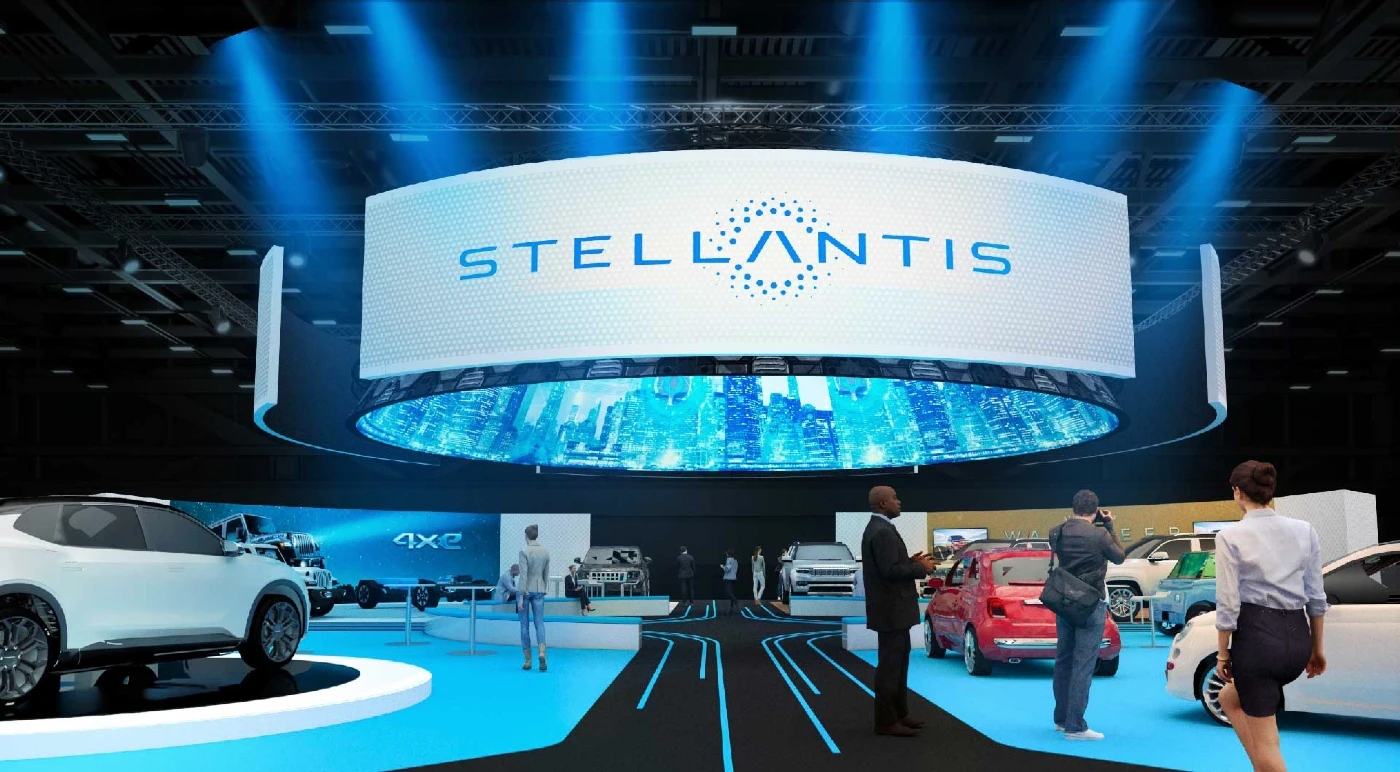Stellantis has developed a “virtual cockpit” to create and test new versions of car controls and systems in a day instead of months.y using Amazon computing power and BlackBerry technology.
Stellantis said that it can now create “realistic virtual versions of car controls and systems, making them behave just like they would in a real car, but without needing to change the main software that runs them” taking months of development time “down to 24 hours in some cases”.
The cockpit platform is part of Stellantis’ Virtual Engineering Workbench development tool. BlackBerry’s QNX Hypervisor provides the software, while Amazon Web Services provides cloud services.
The world’s third-largest automaker by sales and Amazon announced a partnership in 2022 for Stellantis to use Amazon Web Services to develop software-based products for its cars and provide regular over-the-air updates.
“With our virtual cockpit, we’re revolutionizing not just our approach, but also that of our suppliers and partners in the industry,” Stellantis chief software officer Yves Bonnefont said in a statement.
“Essentially, we’re able to get closer to our customers’ needs through this technology with faster development cycles, faster feedback loops, and quicker delivery of the technology they know and love”
Legacy automakers are under pressure to speed up vehicle development cycles from new Chinese electric vehicle makers who are able to churn out new models in a fraction of the time.
Chinese EV makers have also led the way in producing in-vehicle infotainment and software, turning their cars into smartphones on wheels.
Using BlackBerry-developed tools, Stellantis said the virtual platform “offers little to no difference between running” systems “in the cloud versus on real hardware.”
Stellantis said it can also speed up customer feedback on a particular brand and vehicle, and “make changes in real time to optimize the experience for the driver.”
Stellantis expects to generate 20 billion euros in revenue from software and connected car services by 2030 as part of its Dare Forward 2030 plan. The group is developing three software-based technology platforms, STLA Brain, STLA AutoDrive and STLA SmartCockpit.
“Software virtualization and abstraction in the cloud is vital to accelerating development and maintaining feature delivery on-pace with consumer demand,” said Wendy Bauer, Vice President and General Manager, Automotive and Manufacturing, AWS.
“With BlackBerry’s QNX Hypervisor on AWS Marketplace, Stellantis can easily harness the power of the cloud to reimagine research and development processes, architect more insightful ways to solicit and integrate feedback, and deliver functions faster than before that delight drivers and further the industry.”



